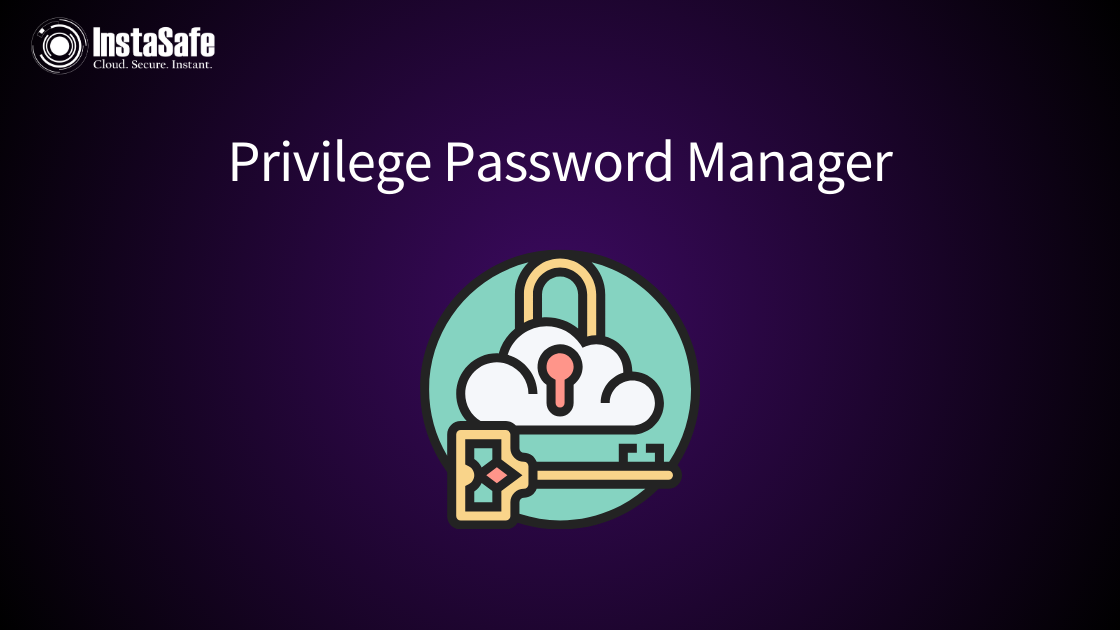Privilege Password Manager

InstaSafe Privilege Password Manager is a critical component of PAM solution. This robust solution plays a pivotal role in fortifying organizations against unauthorized access, minimizing the risk of security breaches, and maintaining the integrity of privileged accounts. This article explores the significance of Privilege Password Managers within the broader context of PAM, highlighting their key functionalities and the advantages they bring to the table.
Understanding Privilege Password Managers:
Privilege Password Managers are specialized tools designed to securely store, manage, and control access to privileged account credentials. These credentials, often holding the keys to critical systems and sensitive data, require meticulous protection. Privilege Password Managers act as a centralized repository for these credentials, implementing advanced security measures to prevent unauthorized access and misuse.
Key Functionalities of Privilege Password Managers:
- Secure Credential Storage:
- Utilizing encrypted vaults to store privileged account credentials.
- Safeguarding sensitive information against unauthorized access.
- Restrict export of password from PAM Vault under any circumstances.
- Automated Password Rotation:
- Regularly changing passwords automatically to reduce the risk of credential misuse.
- Ensuring that access credentials remain dynamic and unpredictable.
- Access Control Policies:
- Implementing granular access controls to restrict who can view or use privileged credentials.
- Defining and enforcing policies based on roles and responsibilities.
- Audit Trails and Session Recording:
- Capturing detailed logs of privileged access activities for auditing purposes.
- Providing a comprehensive record of who accessed what, and when.
- Integration with PAM Solutions:
- Seamlessly integrating with broader Privileged Access Management solutions.
- Enhancing the overall security posture of privileged access through collaboration.
Advantages of Privilege Password Managers in PAM:
- Enhanced Security:
- Minimizing the risk of unauthorized access to critical systems and data.
- Mitigating the potential impact of security breaches by securing privileged credentials.
- Streamlined Credential Management:
- Simplifying the management of a vast array of privileged account credentials.
- Providing a centralized location for efficient administration.
- Increased Compliance:
- Facilitating compliance with industry regulations and standards.
- Generating audit trails and reports to demonstrate adherence to security policies.
- Efficient Password Change Management:
- Automating password changes to maintain a proactive security stance.
- Reducing the likelihood of security incidents resulting from stagnant credentials.
- User Accountability:
- Establishing accountability through detailed audit trails.
- Ensuring that every privileged access event is traceable to specific individuals.
Implementing Privilege Password Managers - Best Practices:
- Thorough Assessment:
- Conducting a comprehensive analysis of privileged account requirements.
- Identifying critical accounts that require stringent protection.
- Regular Auditing and Monitoring:
- Implementing continuous monitoring to detect and respond to unauthorized access attempts.
- Conducting regular audits to assess the effectiveness of the Privilege Password Manager.
- User Training and Awareness:
- Providing training to users on the proper use of the Privilege Password Manager.
- Raising awareness about the importance of securing privileged credentials.
In the ever-evolving landscape of cybersecurity, Privilege Password Managers emerge as essential components of a robust Privileged Access Management solution. By fortifying the protection of privileged account credentials, organizations can proactively defend against security threats, ensure compliance with industry regulations, and maintain the trustworthiness of their digital assets. Embracing the capabilities of Privilege Password Managers is a strategic step towards a more secure and resilient IT environment.
Refer Documentation: https://docs.instasafe.com/ZeroTrustEnterprise/003-gettingstarted/
